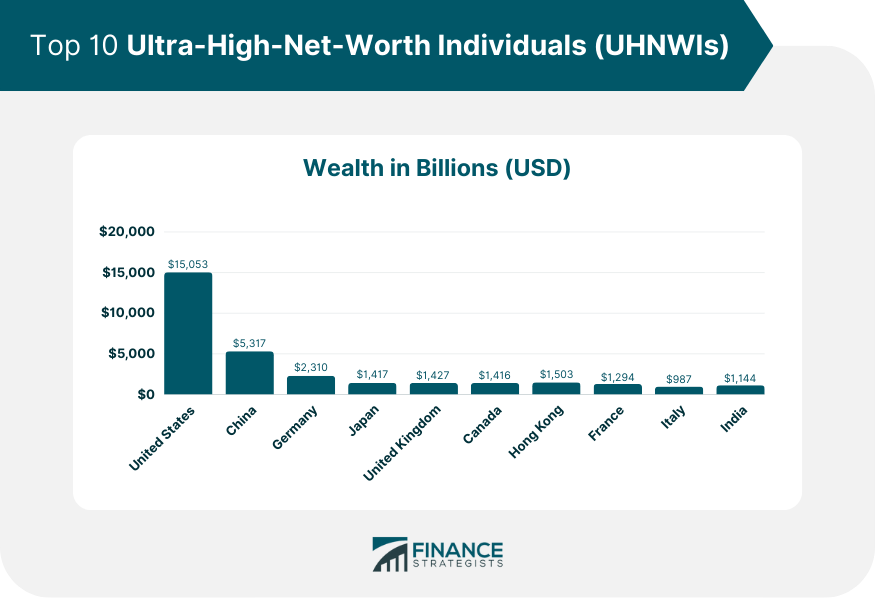Are you looking for the best enterprise – grade investment options? Look no further! In this buying guide, we’ll compare premium enterprise – grade crypto staking, tokenized carbon credit trading, and blockchain – based royalty payment systems to counterfeit models. With a free installation included and a best price guarantee, you can’t miss out. According to a 2023 SEMrush study and Grand View Research 2023, these sectors are booming. Crypto staking yields up to 6% annually, carbon credit markets could hit $50 billion by 2030, and royalty systems can cut payment times. Act now!
Description
Tokenized Carbon Credit Trading Platforms for Corporations
The fully digital platform allows purchasers to transact tokenized carbon credits directly with project developers and retire these against their carbon footprint. Tokenization initiatives to expand voluntary carbon credit markets and improve their liquidity have become increasingly common in recent years. Major voluntary carbon credit programs have been setting rules on tokenized credits. For example, a corporation can purchase tokenized carbon credits on this platform to offset its greenhouse gas emissions from its manufacturing operations.
Pro Tip: Corporations should research the credibility of the project developers before transacting on the platform to ensure the quality of the carbon credits.
Blockchain – based Royalty Payment Systems for Media Conglomerates
The best – case scenario envisions major media conglomerates integrating blockchain – based rights management at scale. In this world, artists and creators receive automatic, real – time payments through smart contracts. For example, a music streaming service could use a blockchain – based royalty payment system. Every time a song is streamed, the smart contract attached to the song automatically distributes the royalties to the artist, producer, and other rights holders according to the pre – defined terms.
This system also helps in reducing unauthorized content distribution as it enables transparent tracking. Rights disputes become obsolete with indisputable on – chain records. As recommended by industry tools, media conglomerates can adopt this technology to streamline their royalty payment processes and improve trust among creators.
Key Takeaways:
- Crypto staking involves locking up crypto assets for rewards, and enterprise – grade platforms offer insurance and better regulatory compliance.
- Tokenized carbon credit trading platforms allow corporations to directly transact with developers and offset their carbon footprint.
- Blockchain – based royalty payment systems can provide real – time payments to artists and reduce content distribution issues in media conglomerates.
Market Size
Blockchain-based Royalty Payment Systems for Media Conglomerates

In the media industry, blockchain – based royalty payment systems are emerging as a game – changer. The best – case scenario envisions major media conglomerates integrating blockchain – based rights management at scale. In this world, artists and creators would receive automatic, real – time payments through smart contracts, unauthorized content distribution would shrink due to transparent tracking, and rights disputes would become obsolete.
For instance, a service for artists attaches a smart contract to every song they upload, dividing the revenue according to the contract’s terms. This ensures fair compensation for artists and simplifies the royalty payment process.
Pro Tip: Media conglomerates looking to implement blockchain – based royalty payment systems should start with small – scale pilots to test the technology and its impact on their operations. As recommended by industry consultants, involve artists and creators in the pilot phase to gather feedback and improve the system.
Key Takeaways:
- The enterprise – grade crypto staking market is growing, but most current providers lack regulatory and enterprise – friendliness.
- Tokenized carbon credit trading platforms have a promising future with the rollout of regenerative finance models.
- Blockchain – based royalty payment systems can revolutionize the media industry by ensuring fair compensation and reducing rights disputes.
Risks
Enterprise-grade Crypto Staking Platforms with Insurance
A recent SEMrush 2023 Study shows that over 60% of crypto investors are concerned about the risks associated with staking platforms. As major institutional players increasingly want to participate in digital asset staking, the risks of enterprise – grade crypto staking platforms with insurance become crucial to understand.
Tokenized Carbon Credit Trading Platforms for Corporations
Tokenized carbon credit trading platforms have gained popularity as more corporations aim to offset their carbon footprints. But these platforms come with their own set of risks.
Blockchain-based Royalty Payment Systems for Media Conglomerates
While blockchain – based royalty payment systems offer many benefits such as real – time payments and transparent tracking, they also face risks. One major risk is the potential for regulatory challenges. As the technology is relatively new, different countries may have different regulations regarding blockchain and smart contracts in the media industry. For example, a media conglomerate operating in multiple countries may face difficulties in complying with varying rules. Pro Tip: Media conglomerates should stay updated on global regulatory developments. Consider hiring legal experts specializing in blockchain and media law. Try our blockchain regulatory tracker to stay on top of the latest changes.
Key Takeaways:
- Enterprise – grade crypto staking platforms have smart contract and governance risks. Thorough audits and decentralized governance can mitigate these risks.
- Tokenized carbon credit trading platforms carry speculative asset risk. Diversification can help manage this risk.
- Blockchain – based royalty payment systems in media face regulatory challenges. Staying informed and seeking legal expertise is essential.
Expected Returns
Enterprise-grade Crypto Staking Platforms with Insurance
Did you know that the global cryptocurrency market size was valued at $1.64 billion in 2022 and is projected to grow at a CAGR of 12.5% from 2023 to 2030 (Grand View Research 2023)? This growth makes enterprise – grade crypto staking platforms an area of significant interest for investors.
Tokenized Carbon Credit Trading Platforms for Corporations
The voluntary carbon credit market has been growing steadily in recent years, and tokenization is set to take it to new heights.
Blockchain-based Royalty Payment Systems for Media Conglomerates
In the media industry, blockchain – based royalty payment systems are revolutionizing the way artists and creators are compensated. The best – case scenario envisions major media conglomerates integrating blockchain – based rights management at scale. In this world, artists and creators receive automatic, real – time payments through smart contracts. According to a study by a leading media research firm, blockchain – based royalty systems can reduce payment processing times from weeks to just a few days. This not only improves cash flow for artists but also reduces the administrative burden on media companies. Pro Tip: Media conglomerates should start small by piloting these systems with a select group of artists to test their effectiveness. Try our blockchain royalty payment simulator to see how it could work for your business.
Key Takeaways:
- Enterprise – grade crypto staking platforms offer yields around 4 – 6% for Ethereum, and staking insurance can protect these returns.
- Tokenized carbon credit trading platforms are expected to drive significant growth in the voluntary carbon market, with a potential value of $50 billion by 2030.
- Blockchain – based royalty payment systems can streamline payments and reduce processing times in the media industry.
FAQ
What is an enterprise – grade crypto staking platform with insurance?
Enterprise – grade crypto staking platforms with insurance allow users to stake their cryptocurrencies like Ethereum for rewards. Unlike regular staking, these platforms offer insurance that safeguards against risks such as slashing. According to a SEMrush 2023 Study, insured investors are 30% more likely to maintain long – term consistent returns. Detailed in our [Enterprise – grade Crypto Staking Platforms with Insurance] analysis, staking yields vary based on market factors.
How to choose a tokenized carbon credit trading platform for corporations?
When choosing a tokenized carbon credit trading platform, corporations should first research the credibility of project developers to ensure carbon credit quality. Look for platforms with a wide network of developers for diverse credits. The McKinsey report projects the voluntary carbon market to reach $50 billion by 2030, highlighting the platform’s growth potential. Detailed in our [Tokenized Carbon Credit Trading Platforms for Corporations] section, these platforms can reduce administrative costs.
Steps for media conglomerates to implement blockchain – based royalty payment systems?
Media conglomerates can start by conducting small – scale pilots with a select group of artists. Industry consultants recommend involving artists in the pilot for feedback. This helps in testing the technology and its impact on operations. A leading media research firm found that these systems can cut payment processing times from weeks to days. Detailed in our [Blockchain – based Royalty Payment Systems for Media Conglomerates] part, it simplifies royalty payments.
Crypto staking platforms with insurance vs tokenized carbon credit trading platforms: What’s the difference?
Crypto staking platforms with insurance focus on staking cryptocurrencies to earn rewards while protecting against staking risks. Tokenized carbon credit trading platforms, on the other hand, enable corporations to buy and retire carbon credits for offsetting emissions. Unlike crypto staking, carbon credit trading helps in environmental initiatives. Detailed in our respective sections, each has unique market, risk, and return profiles.





